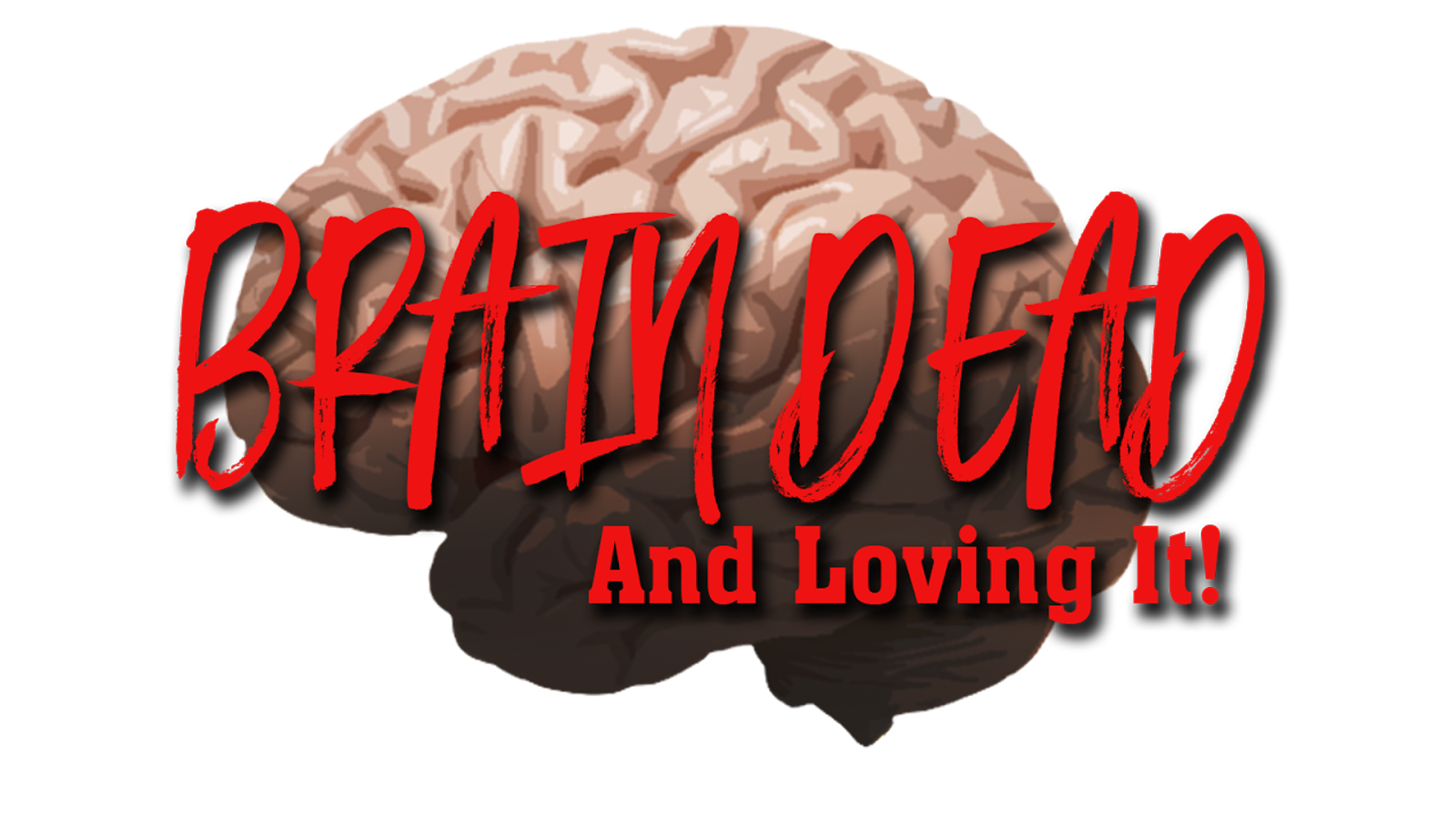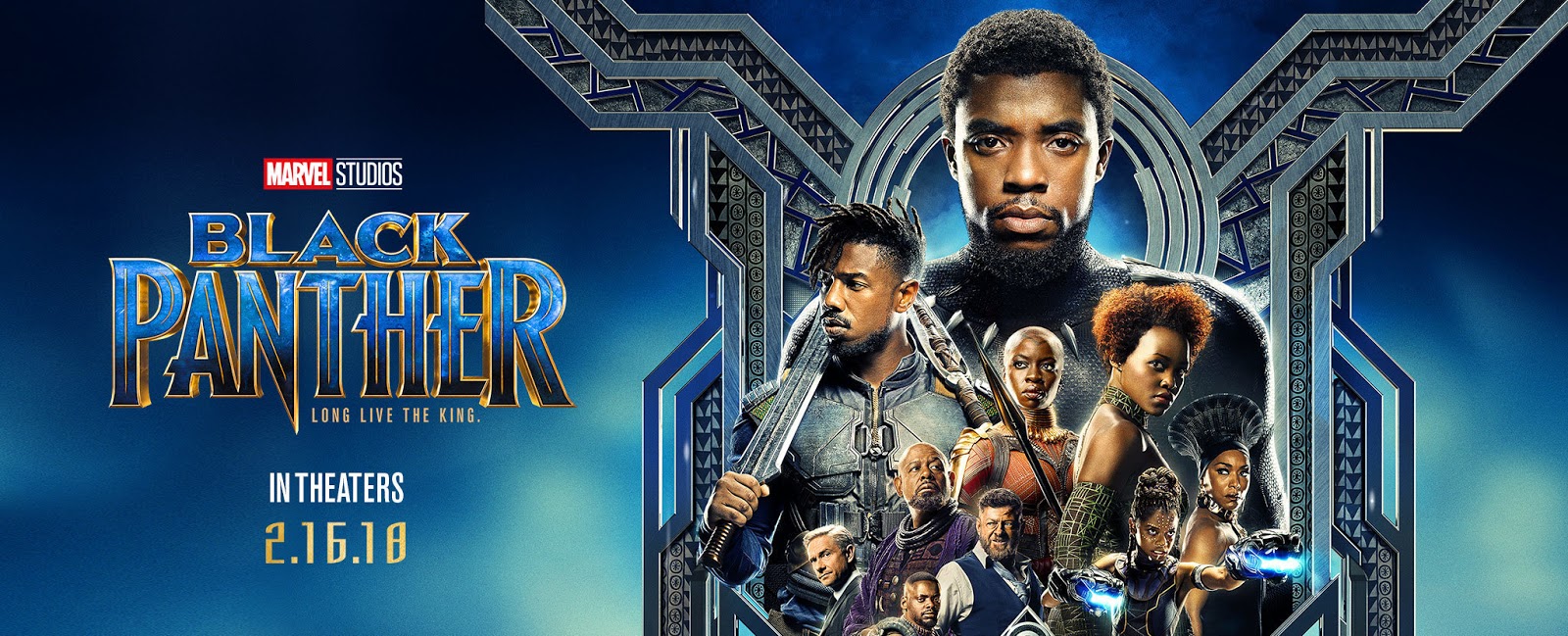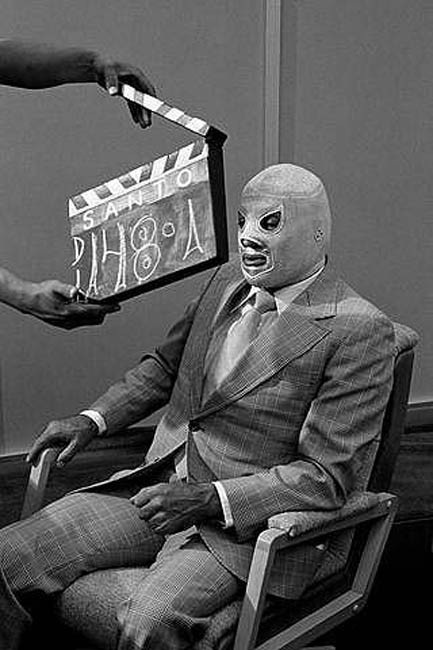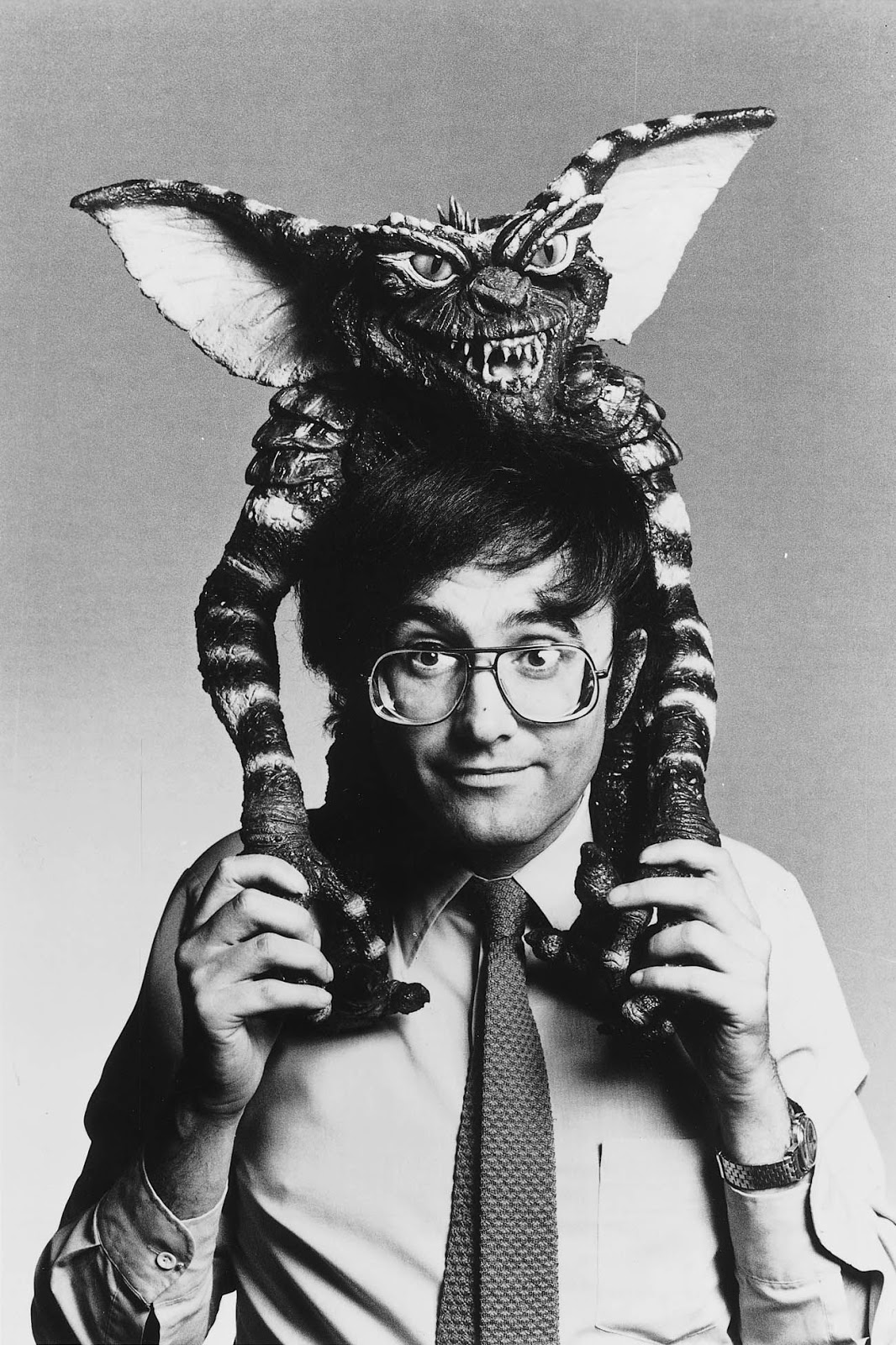Movie Review: BLACK PANTHER - Black Powered.
Black Superheroes don’t have it easy. More often than not,
in the movies, they have been relegated to sub-par lemons (The abysmal CATWOMAN,
the embarrassing STEEL), uninspired parodies (The puerile BLANKMAN , the well-intentioned yet flawed METEOR MAN or the messy HANCOCK ), or they end up in mere supporting
roles in films like like X-MEN , CHRONICLE , SUICIDE SQUAD, and in the Marvel
Universe films.
Ever since the seventies, where the emancipation of African
Americans in the movies went from the ‘’proper indignation’’ of Sydney Poitier
to the rollicking badassery of Richard Roundtree or Pam Grier, they have not
benefited from much representation in the superhero genre until more recently
(Save maybe for ABAR, THE FIRST BLACK SUPERMAN (Frank Packard, 1977) who was using omnipotent
god-like powers to change the world around him. He might have had powers, but
to call him a superhero would be a bit of a stretch).
The late 1990s did bring forth BLADE (Stephen Norrington, 1998) and SPAWN (Mark A.Z. Dippé, 1997), a welcome
step in the right direction as far as treating black superheroes on screen with
a certain respect. Yet they were rather conflicted antiheroes instead of
full-blown virtuous superheroes. Still, it was refreshing to have super-beings representing
the black community in films that were not either embarrassingly bad, or
relegated to the background. This will most likely hit a new peak with this
month’s release of BLACK PANTHER (During Black History month, no less. The
significance of which has not been lost to many) which is set up to
do for black superheroes what WONDER WOMAN did for superheroines.
 |
| The first and only issue of All-Negro comics which featured for the first time positive black characters as the heroes. |
Black superheroes have come a long way since LION MAN who
graced the pages of the only existing issue of ALL-NEGRO COMICS in 1947. That
this first attempt at more positive black archetypes in comics comes right
after World War II is no coincidence, as African Americans who were coming back
from a war where they fought alongside their white neighbours and experienced a
non segregated life overseas, which was so different from their reality in the US, brought forth a welcome sense that something had to be done to step
out of the stereotypical mess that permeated popular culture of the time. Arguably
not a superhero in the truest sense, LION MAN announced the Black Panther’s
scientific knowledge and toughness, and offered a black character in comic
books that wasn’t a caricature like Ebony in Will Eisner’s THE SPIRIT, Smokey
in JOE PALOOKA (a valet character that disappeared from the strip in the early
forties after complaints from the National Association for the Advancement of
Colored People, AKA the NAACP) or a manservant like Lothar in Lee Falk’s Mandrake.
 |
| Even legendary comic book artist Will Eisner was able to feature grotesque racial caricatures in his otherwise groundbreaking work. |
Lothar is a typical yet interesting case; While he had superhuman
strength and was the ‘’Prince of Seven Nations’’, he rejected the chance to be
king to follow Mandrake in his adventures and be, as it was put in a 1935 story,
‘’a giant black slave’’. Hardly a fair trade off, and completely unrealistic. He did go through a bit of a change in 1965 when Fred
Fredericks took over the strip and started speaking ''proper'' English and
wearing more distinguished attire. In a way, he probably became a proper superhero
at that point, yet his past still weighed heavily and the role he was given still was barely more
than a glorified sidekick.
 |
| Mandrake's colossal manservant Lothar, before he joined the modern world and left his days of servitude behind. |
 |
| Lothar's evolution from ''black slave''. to heroic manservant, to colossal sidekick. |
This transformation of Lothar in 1965 is more than likely a
direct effect of the Civil Rights Act of 1964, signed by President Lyndon
Johnson, that declared illegal any kind of discrimination based on race, color,
gender, faith or origin. Emancipation was in the air, and stars like Harry
Belafonte, Ossie Davis, Ruby Dee, Sammy Davis Jr., Dick Gregory and Sidney
Poitier were the living embodiment in the media of the fight for equality. It
was only a matter of time until comic books would get into the game. The Civil
Rights Act should have been the push that was needed for publishers to feel
more confident about having black heroes in comic books. 1965 even saw the
first black character to have his own comic book series. LOBO only lasted two
issues, however, which turned out to be due to distributors getting cold feet.
Artist Tony Tallarico remembers: ‘’ We did the first issue. And in comics, you
start the second issue as they're printing the first one, due to time
limitations. ... All of the sudden, they stopped the wagon. They stopped
production on the issue. They discovered that as they were sending out bundles
of comics out to the distributors [that] they were being returned unopened. And
I couldn't figure out why. So they sniffed around, scouted around and
discovered [that many sellers] were opposed to Lobo, who was the first black
Western hero. That was the end of the book. It sold nothing. They printed
200,000; that was the going print-rate. They sold, oh, 10-15 thousand.’’
 |
| Dell Comics second and last issue of LOBO, which featured the first black hero to be featured in his own comic book. |
By the mid-sixties, one would have hoped that the presence
of black actors in popular movies (Sidney Poitier had been nominated for a
Golden Globe for A PATCH OF BLUE in 1965) on TV (the popular series I, SPY with
Bill Cosby was in its second season and Sammy Davis Jr had his own show.) and
music (Diana Ross and The Supremes were topping the charts), it shouldn’t have
been such a challenge to have a black character in comic books. Taking from black culture was more common than being inclusive.Yet it seemed
like the last bastion of popular culture where integration was difficult was the ''Funnies'', as
KERRY DRAKE’s creator Alfred Andriola would say in an EBONY article fromNovember 1966: ‘’Let’s face it. You can’t deal with race or color in comics. A
colored maid or a porter brings on a flood of letters. And if we show the negro
as the hero, we get angry letters from the South.’’ As another cartoonist would
say: ‘’If an editor gets one letter complaining about something, it carries
more weight than 100 good ones. If one cartoon amuses 100,00 persons but
offends one, the editors make you change it.’’ As one editor would explain,
there was just no ‘’advantage’’ to bring a black character in a strip. ‘’If I
were a cartoonist, I wouldn’t want to be a crusader, especially if I felt I
would lose the strip.’’
In the midst of this controversy, in July 1966, Stan Lee and
Jack Kirby introduced in Fantastic Four #52 the Black Panther. a mysterious
character who was agile and crafty enough to successfully confront the super-powered
quartet. (Until he loses ‘’The element of surprise’’, as Reed Richard glibly
puts it, as the Fantastic Four finally defeat their opponent).
What set the Black Panther apart was the fact that he was black. And while
like many other African comic book characters before him, whether it was Lothar, Waku, or Natongo from The Brothers of the Spear, he was the sovereign
of his nation. Yet his kingdom Wakanda was a highly advanced technological
society, something that went against all the usual clichéd stereotypes of the ‘’noble
savage’’.
 |
| The Fantastic Four's arrival in the High-tech world of Wakanda, in FANTASTIC FOUR #52. |
The Black Panther was extremely smart and wealthy, and was nobody’s
manservant. Considering how tricky it seemed to be putting a black hero in a
comic book at that point, some may feel that Lee and Kirby were taking a big
risk. However, efforts had been made to lessen the ‘’shock’’ of potential
racist readers who might not have picked up an issue off the rack if it
portrayed a black character on the cover. We know now the Black Panther as
wearing the black suit and full mask obscuring the whole face. However early
versions of the character revealed more about his ethnicity.
If you forget the garish colors, the cut of the costume is
very similar to the finished product, with the notable exception of the
uncovered face. Stan Lee sent back Kirby to the drawing board, and changed the
name to Black Panther (which makes more sense since tigers are indigenous to
India, not Africa), and asking for a simpler color palette. It’s not impossible
that an article that ran in the August 5, 1966 edition of New York Times about the 1965 Black Panther Party
may have
influenced that name change, as it was published at roughly the same time Lee and Kirby were working on their story. More on the Party later. As for the black look of the costume, it's not impossible that Stan Lee went back to a bad guy he had co-written with Al Hartley in 1965 called the Panther, in TWO-GUN KID #77.
A first version of the cover was ready to go when someone apparently got cold feet.
A first version of the cover was ready to go when someone apparently got cold feet.
A new change was brought so that the Panther’s mask ended up
covering his whole face. This way, his appearance on the cover wouldn’t betray
his race, and wouldn’t affect sales. By the point he reveals his identity by
the end of the story, the comic had been purchased and Marvel had the reader’s money.
Black Panther’s first few years were rocky; he appeared as a
guest star in many other Marvel comics after his debut and even became a
member of the Avengers by 1968. But he wouldn’t get to headline his own comic
until 1973 in JUNGLE ACTION. In the meantime, he even managed to go through an
identity crisis and changed his name for a few months in 1971-1972.
 |
| FANTASTIC FOUR # 119 (February 1972), when Black Panther became Black Leopard. |
It seems that the editors at Marvel were starting to get a
bit nervous about being associated with the political movement of the same name
who happened to burst onto the scene a few months after the character made his
first appearance in 1966. Contrary to some rumours, the Black Panther movement
actually got their name not from the comic book, but from a political party in
Alabama created in 1965 by Civil Rights Activist, and creator of the rallying
cry ‘’BLACK POWER’’, Stokely Carmichael. He would explain the choice of the
name in a speech:
"In Lowndes County, we developed
something called the Lowndes County Freedom Organization. It is a political
party. The Alabama law says that if you have a Party you must have an emblem.
We chose for the emblem a black panther, a beautiful black animal which
symbolizes the strength and dignity of black people, an animal that never
strikes back until he's back so far into the wall, he's got nothing to do but
spring out. Yeah. And when he springs he does not stop.’’
Certainly, this applies to T’Challa himself.
 |
| The 1965 leaflet promoting the Black Panther Party. |
As the presence of black performers in the media increased
in the late sixties and through the seventies, and as Blaxploitation movies
became all the rage, more black superheroes would appear: The Falcon, Luke
Cage, Black Lightning, John Stewart’s Green Lantern…some of them having their
own titles. More often than not, the characters‘ race would be a springboard
for a strange mixture of social commentary (Dennis O’Neil and Neal Adams’
legendary run on GREEN LANTERN) and occasional outright caricatures (the embarassingly racist portrayal of Black Mariah in Luke Cage). The Black Panther may have opened a door, but
it was hardly a floodgate. The process of bringing black superheroes to comics was
slow and not without awkward controversies.
 |
| The unfortunate portrayal of Black Mariah in Luke Cage #5 (January 1973) |
 |
| John Stewart confronting a racist presidential candidate in GREEN LANTERN #87 (December 1971) |
But here we are now, over 50 years after his creation, and a
couple of years after his first spectacular live-action appearance in CAPTAIN AMERICA: CIVIL WAR, THE BLACK PANTHER is now a major motion picture.
Following the events in CIVIL WAR, T’Challa (the appropriately
regal Chadwick Boseman) is crowned king of Wakanda, a highly advanced African
country which is camouflaged to the rest of the world as a simple third world
country. A form of isolationism not unlike the one used by the Amazons who
dissimulate Themyscira from the World of man in WONDER WOMAN (Patty Jenkins, 2017).
His leadership is soon challenged by Erik Killmonger (the
extraordinary Michael B. Jordan) who shatters at the same time T’Challa’s whole
belief system and set of values.
Like most Marvel films, it is fast paced and highly
entertaining, propelled by a rousing instrumental score by Ludwig Göransson
which combines orchestral flourishes with traditional African rhythms. The
sprinkling of more modern songs by Kendrick Lamar ends up creating a mood that
is a perfect reflection of Wakanda itself, a juxtaposition of futurism and
tradition.
 |
| Wakanda's mix of ultra-modern and traditional, a perfect example of Afrofuturism. |
Also like most Marvel films, BLACK PANTHER suffers from a
formula that has plagued the series from the start. The villain of the piece is
often an ‘’evil’’ version of the hero. IRON MAN fights the IRON MONGER, HULK
confronts THE ABOMINATION, CAPTAIN AMERICA’s adversaries are also
super-soldiers (THE RED SKULL and THE WINTER SOLDIER), ANT-MAN faces the
YELLOWJACKET, DR. STRANGE is threatened by another magician, and here, the denouement of BLACK PANTHER implicates the same exact dynamic. It
doesn’t take away from the enjoyment of the film, but the recipe is starting to
feel a bit old.
Yet the energetic and emotional directing by the talented
Ryan Coogler, who had previously directed Michael B. Jordan in the grippingly powerful FRUITVALE STATION and the surprisingly powerful CREED, manages to make you
forget the special effects orgy by eliciting immensely compelling performances
by his actors, and injecting a sizable dose of social relevance within the otherwise
typical superhero action narrative.
Chadwick Boseman continues to portray the Black Panther with
an amount of dignity and strength that fits the character perfectly. But it is
his entourage of strong female characters that almost steals the show from him.
Letitia Wright as T’Challa’s sister Shuri is the genius of the family, a wise-cracking, no-nonsense woman who provides our hero both with new
technological marvels and a healthy dose of arrogance that reminds him that she
will not be impressed by his place on the throne.
Oscar winner Lupita Nyong’o plays
Nakia, T’Challa’s former lover (and still potential love interest) and Wakandan
spy. Nyong’o has more than proven her worth as a MVP in most films she has been
part of, and this one is no exception. Her openness to the rest of the World
provides an excellent counterpoint to the more conservative and isolationist
Okoye, played with gusto by THE WALKING DEAD’s very own Michonne, Danai Gurira,
who provides some of the film’s coolest action scenes (A particular car chase
includes a moment that had me wanting to stand up and cheer). This trio of
strong women not only offers great support for the main hero and amazing role
models for young girls (and young boys), but they are reason enough
for me to want to see a BLACK PANTHER 2.
 |
| The kick-ass female cast of BLACK PANTHER. Letitia Wright, Lupita Nyong'o, Danai Gurira, and Angela Bassett as T'Challa's mother Ramonda. |
The aforementioned Micheal B. Jordan is a stand out as Killmonger
with a performance that is nuanced and at times poignant, which made this
reviewer tear up more than once. While his approach leaves something to be desired, one
cannot dispute his motivations and the source of his rightful anger at the situation
of black people around the World. He is pretty much the Malcom X to Black
Panther’s Martin Luther King (Something that was already echoed by Ian
McKellen’s Magneto and Patrick Stewart’s Professor X in Bryan Singer’s X-MEN.)
The theme is more of a subtle subtext in the film, as I can imagine Marvel and
Disney, like the comics publishers of yore, not wanting to ruffle too many feathers, but it is refreshing to see
such a huge blockbuster attempt to address the issues. In that way, Netflix’s
superb LUKE CAGE series and even the recent BLACK LIGHTNING TV series are more
daring in their approach regarding the themes of police brutality and the struggle against racial inequality.
 |
| Michael B. Jordan as Eric Killmonger, one of Marvel Cinematic Universe's most endearing villain. |
The film does offer an occasional jab at the present
administration, especially when T’Challa, in an exemplary speech to the United
Nations, condemns the ‘’Folly of building barriers’’. Boom! We can bet that the powerful sense of
feminism expressed in the film would also displease the groper-in-chief.
It’s impossible not to talk about the apparent significance
and importance of the release of the film for the black community. With the
teaser trailer getting over 89 million views in 24 hours, and Fandango getting
record-setting ticket pre-sales, one cannot deny the excitement and anticipation this film has created. The NEW YORK TIMES magazine explains it very well in a recent article. It
seems a bit like the WONDER WOMAN effect, where a film featuring a powerful
female superhero, raised in a matriarchy, directed by a woman, ended up providing
a full sense of identification and validation for women everywhere. This time,
it seems that a film featuring a powerful black superhero, steeped in his own
racial identity and African culture, who is also part of a monarchy, was directed by an
African American and featuring a mainly black cast, may do the same for black
people. And isn’t Wakanda, like Themyscira is for women, a ‘’safe place’’ where
black people are dominant, untouched by white men. In the words of A WRINKLE IN TIME director Ava DuVernay,
“Wakanda itself is a dream state, a place that’s been in the hearts and
minds and spirits of black people since we were brought here in chains.”
In times when black people are denied votes by
gerrymandering and dubious voter ID laws and that a black person driving a car
fears for his life the moment he is pulled over by the police, there has long been the desire for a bulletproof hero like Luke Cage, the angry retribution of
Black Lightning, or the wisdom and dignity of Black Panther.
The time is ripe for the Black Panther.













Fantastic piece!! As both an African-American and a life-long comics nut my jaw has dropped to JUST find out about the ill-fated Lobo!
ReplyDeleteGreat history here.
Thanks. It's but a teaser of a much more complex and fascinating history.
Delete